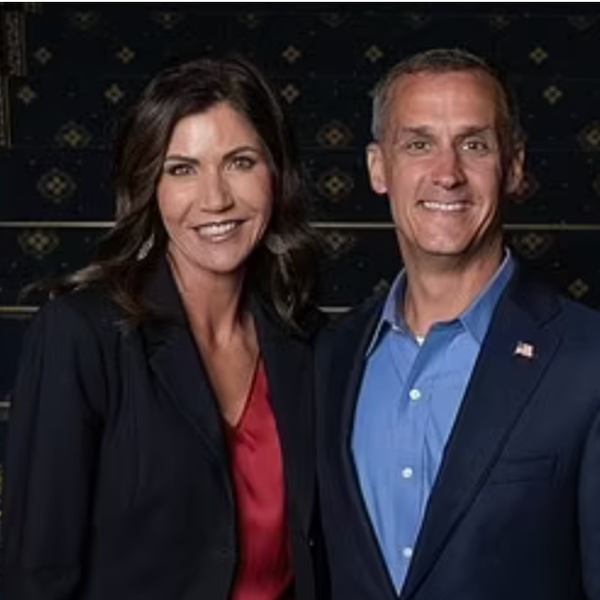
By James Urton, San Jose Mercury News (TNS)
SANTA CRUZ, California — On a summer day in 1885, three Hawaiian princes surfed at the mouth of the San Lorenzo River on crudely constructed boards made from coastal redwoods, bringing the sport to the North American mainland.
Today their wave-riding successors consult satellite weather forecasts on smartphones before heading to Steamer Lane and Pleasure Point in Santa Cruz to don neoprene wetsuits. But the new century could bring the biggest transformation yet to surfing — the waves themselves.
A rapidly changing global climate will likely affect prime surfing spots worldwide. In California, the forecasts for Monterey Bay’s famed big swells, while far from certain, are also far from good.
“It definitely worries me,” said big-wave rider Jake Wormhoudt, who has already noticed changes in water temperature, weather, and sand deposition throughout the 35 years he has surfed in Santa Cruz.
One major source of California’s surfing waves is open-ocean storms that send wave-generating swells toward the California coast. By 2100, these storms could shift, sending their swells on a course parallel to the coast rather than toward it. This change, coupled with dramatic sea-level rise, could eradicate today’s surfing spots.
Scientists came to these conclusions using global climate models — complex, computer-based crystal balls that use past conditions, current trends, and greenhouse gas emission scenarios to predict our climate future.
Researchers recently adjusted these models to account for waves in a warming world, said coastal engineer Li Erikson, of the U.S. Geological Survey in Santa Cruz.
Their findings surprised both scientists and surfers, who assumed a warmer and stormy future might push more waves to the coast. “Well, I thought so, too,” Erikson said with a laugh. But, she explained, storms on land do not necessarily mean higher waves along the coast.
Prime surfing corridors, she and other scientists explain, arise through a perfectly timed combination of deep ocean swells, local winds, and storm fronts — all tossed in just the right direction against offshore shelves to push up the perfect wave. Climate change may simply upset this equilibrium.
“We’ll roll with it,” mused Pete Ogilvie, a Monterey Bay surfer for more than three decades who sums up what many see as the inevitability of change with a laid-back Surf City vibe.
Changes to the surf can come in several forms. With the ocean warming and polar ice caps melting, sea levels are expected to rise along the Northern California coast between one and six feet by the end of the century, which will change when, where, and how waves break on the coast.
“As we increase sea level … those same size waves won’t break over those nice bedrock ridges in the same spots that they used to,” said Curt Storlazzi, a research geologist and oceanographer, also with the USGS office in Santa Cruz. “They’re going to break much closer to shore.”
Some Monterey Bay communities have erected barriers to protect homes and infrastructure from rising seas. In these areas, rising sea levels will eliminate low tide surfing spots, but the barriers would prevent new low tide spots from opening up as well, said David Field, an oceanographer with Hawaii Pacific University who grew up surfing in the Monterey Bay.
John Dee, who has been surfing in and around the bay for 20 years, is concerned about losing the area’s low tide corridors.
“If there’s a three-foot tide, everyone’s out here,” he said recently as he headed out to Steamer Lane. “If there’s a five-foot tide, nobody’s out here.”
These barriers may also contribute to beach erosion, cutting off access to surfing spots.
Even though climate models predict larger storms and waves on the high seas, the North Pacific swell — which generates many of the Monterey Bay’s major winter waves — is expected to shift.
“As the temperature rises, especially in the Arctic, the big winter storms are moving farther north,” Storlazzi said. “So areas along California are going to become less impacted from waves.”
That’s a bummer for local surfers since many of the bay’s best waves come from North Pacific swells.
There’s also a wild card in wave prediction. It’s called El Nino, which is nearly impossible to forecast over the long term.
El Nino conditions bring warm and high waters to the Pacific coast, rolling out a red carpet for strong storms, waves, and winds to slam California directly from the southwest. That could improve surf conditions to the Monterey Bay, at least temporarily.
“They hammer the shoreline,” Storlazzi said. “But they’re the biggest and best waves.”
If the predictions come true and the Monterey Bay closes the 21st century with poor surfing waves, scientists say the shifting climate and rising seas could create better surfing conditions along other seawall-free stretches of the California coastline — but there are too many variables to pinpoint where.
This mixed and uncertain future may leave some surfers and their supporters grasping for certainty. But others are taking a sage-like perspective.
Surfing “is a very experiential or ‘now’ activity,” Ogilvi saide. “When waves die in one spot and pick up in another, you move to that spot.”
Photo: Kieran via Flickr








